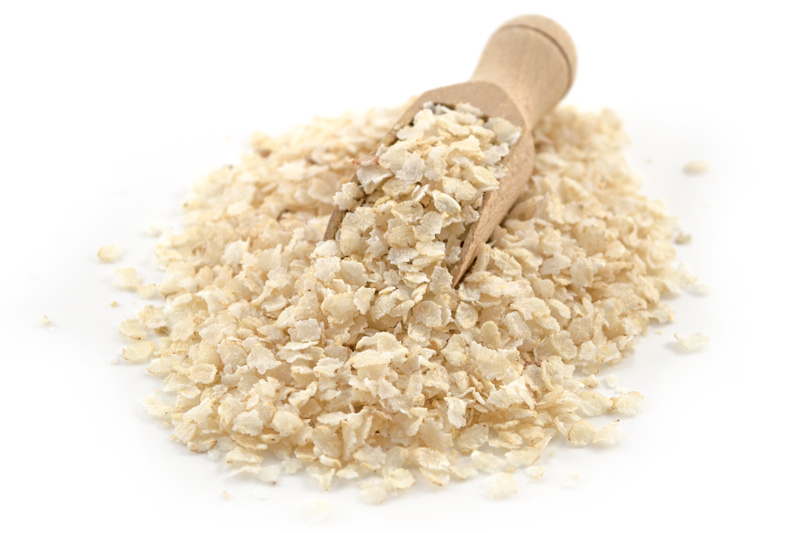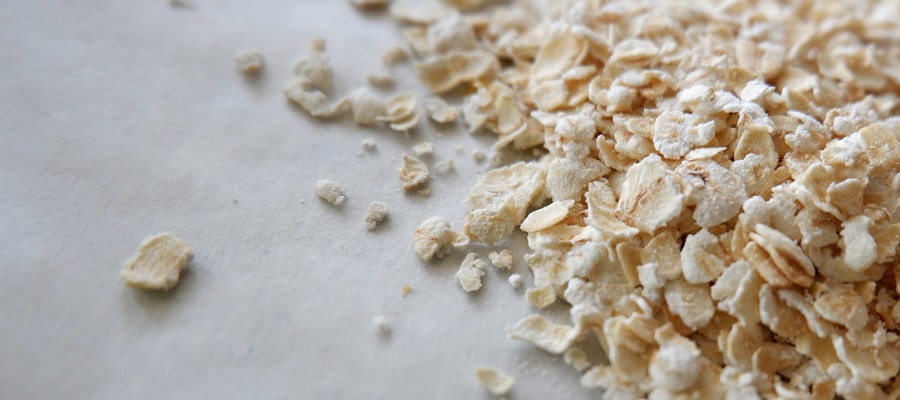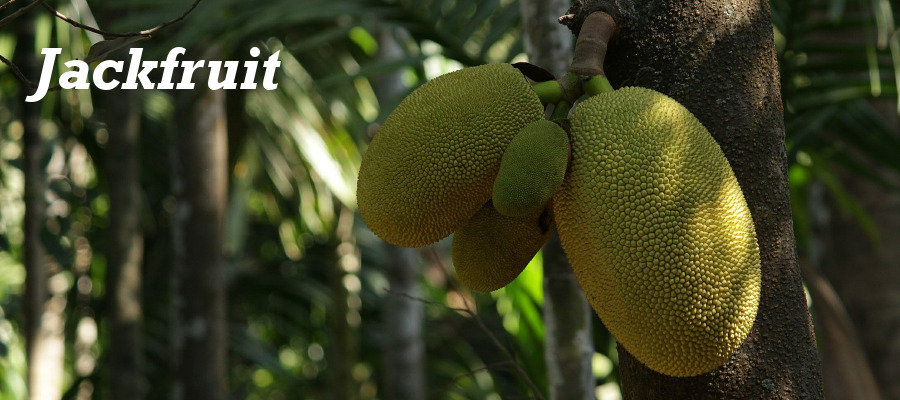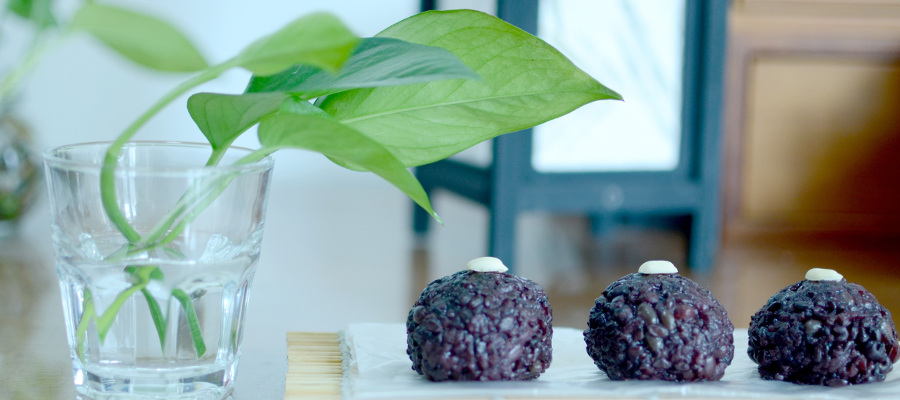Preparation

 The establishment of rice flakes starts with parboiling rice, which helps to soften the grain and prepare it for processing. Once the rice is cooked, the cooked grains are rolled, then flattened. The thickness of the flattened rice depends on the amount of pressure applied. After the mixture has the desired thickness, the flattened rice is allowed to dry completely. The dried plates are then sent over another flake roller. At this point in the process, the flakes can be packaged as dry cereals, used as an ingredient in recipes for garnish, or used to make desserts or snacks.
The establishment of rice flakes starts with parboiling rice, which helps to soften the grain and prepare it for processing. Once the rice is cooked, the cooked grains are rolled, then flattened. The thickness of the flattened rice depends on the amount of pressure applied. After the mixture has the desired thickness, the flattened rice is allowed to dry completely. The dried plates are then sent over another flake roller. At this point in the process, the flakes can be packaged as dry cereals, used as an ingredient in recipes for garnish, or used to make desserts or snacks.
Useage
 A common use of rice flakes is a simple dessert that presents something similar to rice pudding usually in Western countries. In addition, it is the addition of milk and sugar to the rice, and being steep in the mixture for a short period of time. The consistency of the finished dish is a bit like that of a cooked oatmeal. The flakes can also be mixed with other dried cereal flakes to create a delicious breakfast cereal. In combination with nuts and dried fruits, they can also serve as a healthy snack alternative. In Vietnam, a traditional dish with rice flakes is known as banh com. Rice is harvested directly from the fields and instead of pre-cooked, it is roasted and then brought down by hand with the help of a mortar and pestle. This helps to remove the husk of the rice kernel. A number of herbs are added to the flakes and the mixture is made long enough to mix the taste. While these flakes are traditionally associated with the preparation of food in Eastern European countries, the flakes are more available in the West. It is possible to buy products packed in most supermarkets and grocery stores that carry Asian dishes. In addition, many health food stores carry them both as cereal and a healthy ingredient for various types of vegetarian dishes.
A common use of rice flakes is a simple dessert that presents something similar to rice pudding usually in Western countries. In addition, it is the addition of milk and sugar to the rice, and being steep in the mixture for a short period of time. The consistency of the finished dish is a bit like that of a cooked oatmeal. The flakes can also be mixed with other dried cereal flakes to create a delicious breakfast cereal. In combination with nuts and dried fruits, they can also serve as a healthy snack alternative. In Vietnam, a traditional dish with rice flakes is known as banh com. Rice is harvested directly from the fields and instead of pre-cooked, it is roasted and then brought down by hand with the help of a mortar and pestle. This helps to remove the husk of the rice kernel. A number of herbs are added to the flakes and the mixture is made long enough to mix the taste. While these flakes are traditionally associated with the preparation of food in Eastern European countries, the flakes are more available in the West. It is possible to buy products packed in most supermarkets and grocery stores that carry Asian dishes. In addition, many health food stores carry them both as cereal and a healthy ingredient for various types of vegetarian dishes.


